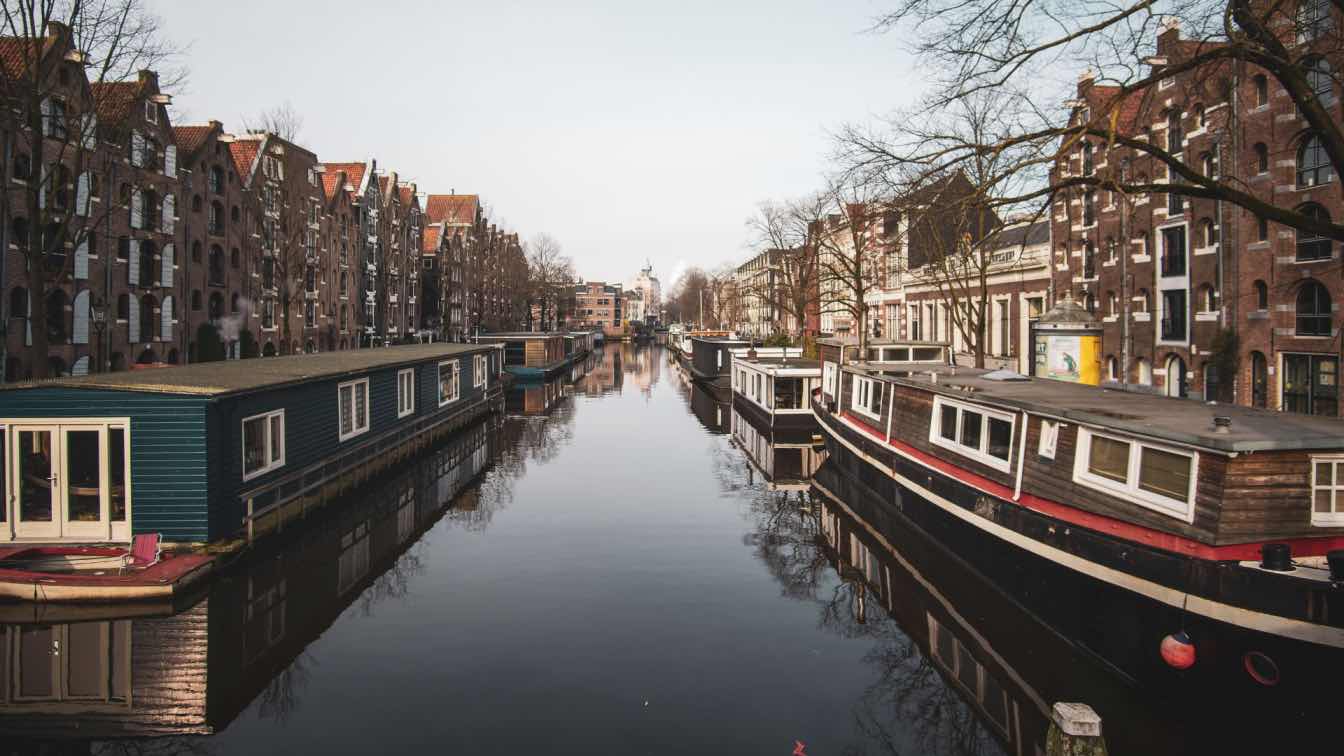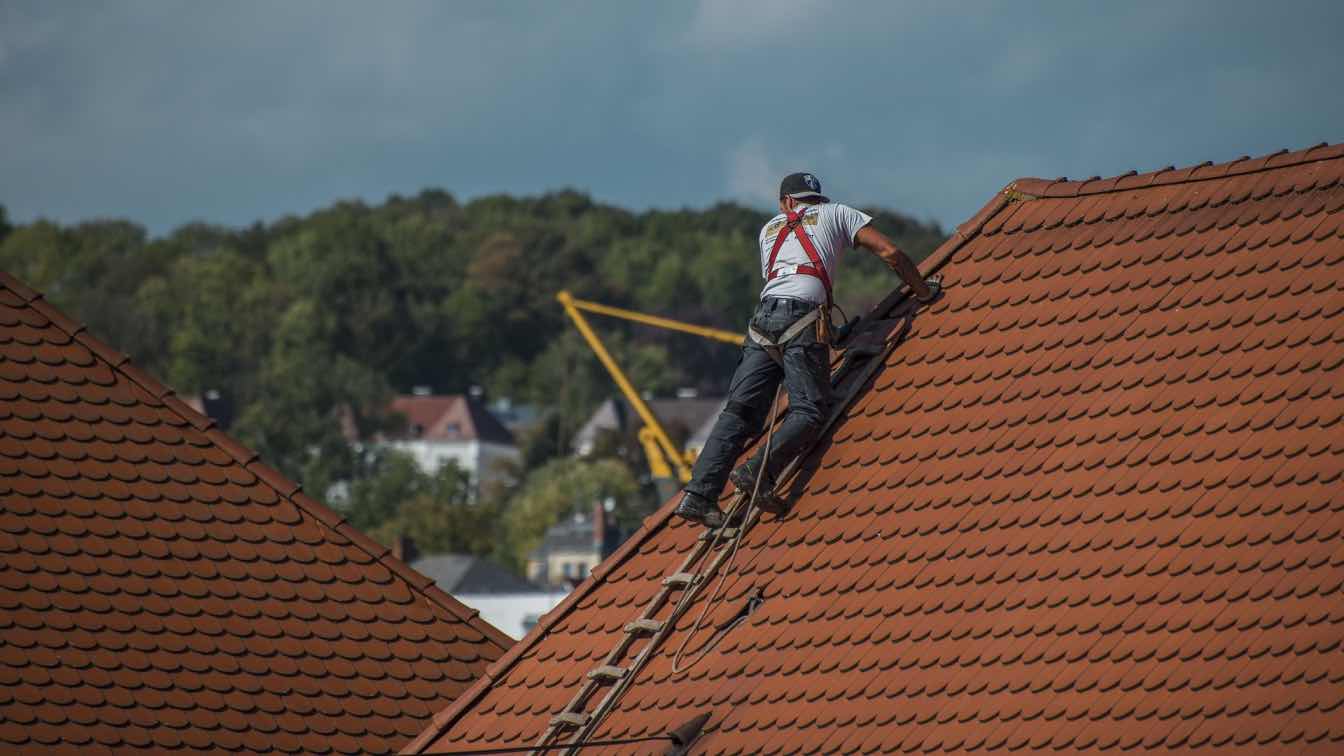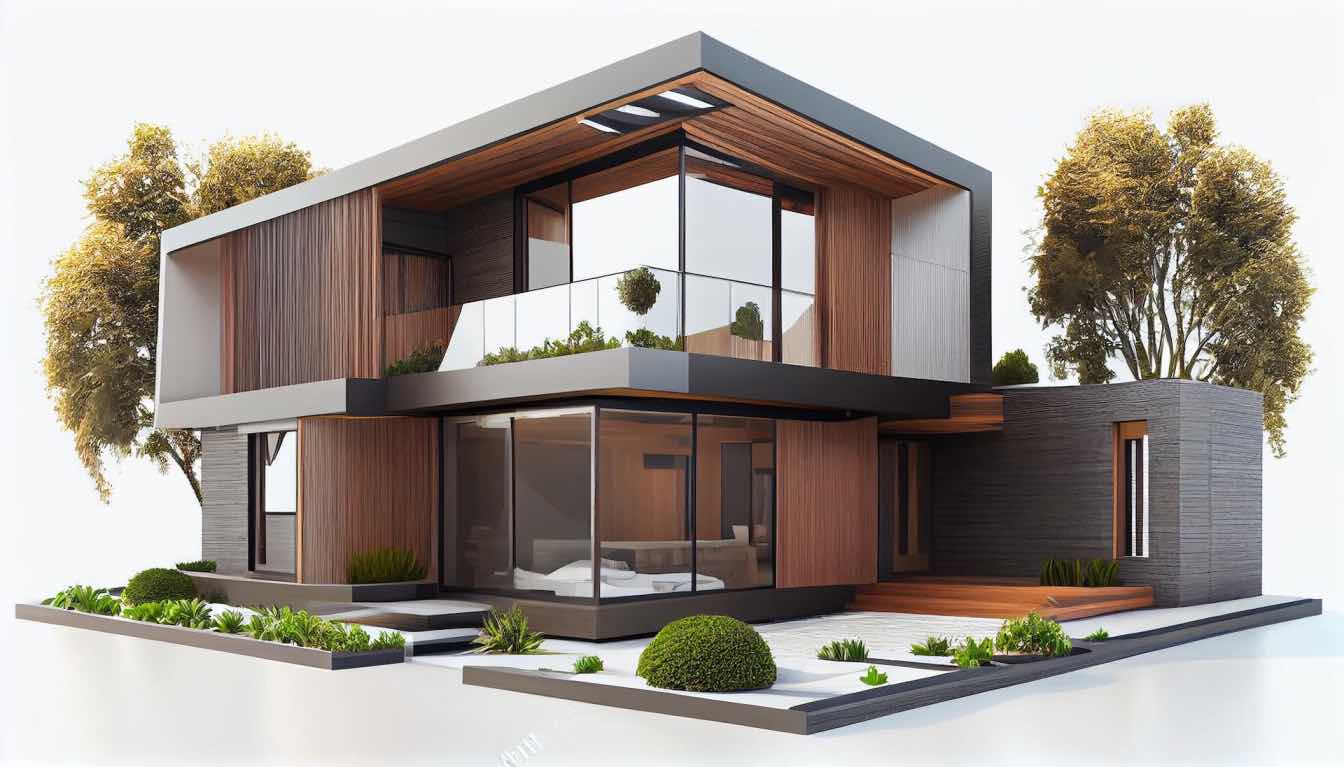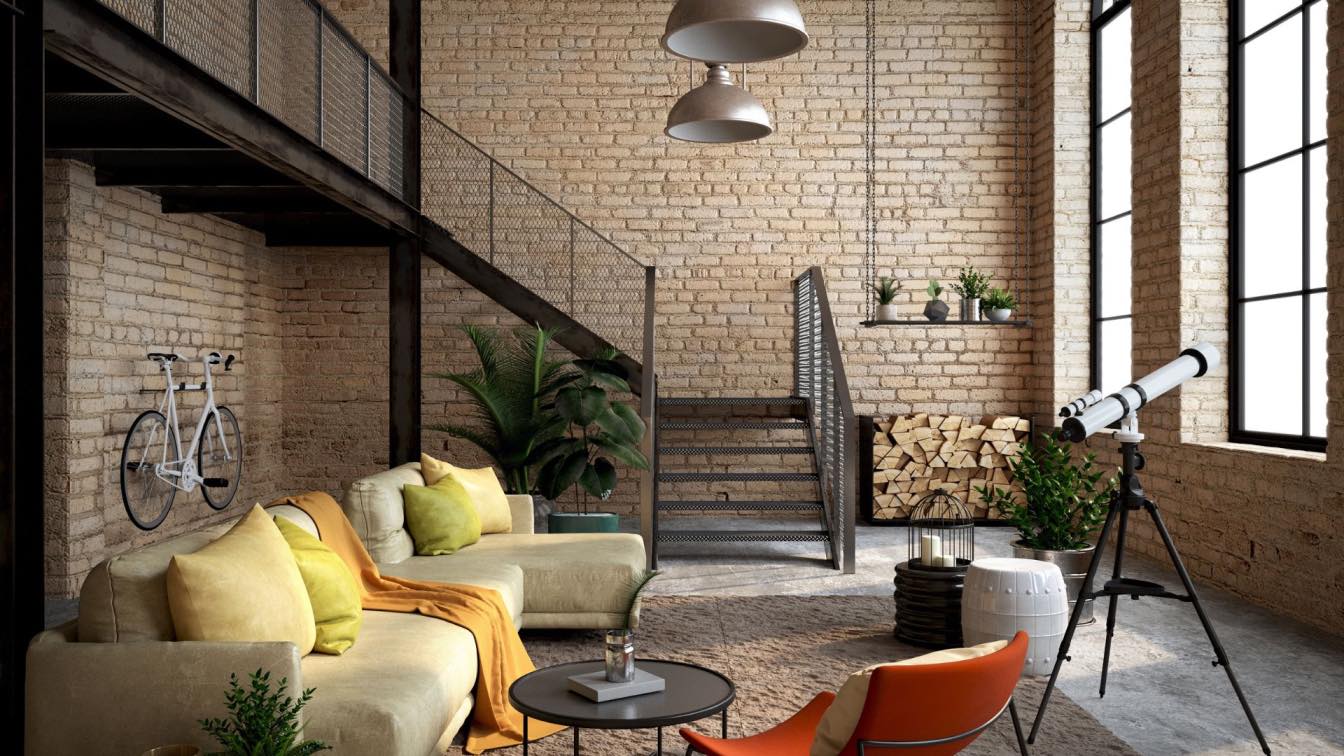Amsterdam's iconic canal houses, with their distinctive facades and centuries-old history, present unique challenges and opportunities when it comes to modern renovations. Perhaps no space within these historic structures has undergone more dramatic transformation than the bathroom – a room that often didn't exist in the original 17th-century designs. Today, architects and designers are creating remarkable bathrooms that honor these buildings' heritage while meeting contemporary needs for comfort and sustainability.
The Architectural Challenge
Canal houses (grachtenpanden) are protected monuments in Amsterdam, requiring careful consideration during renovations. Their narrow footprints, typically measuring 5-8 meters wide and 20-30 meters deep, present spatial constraints that demand creative solutions, particularly for bathrooms.
"The challenge is always balancing preservation with modernization," explains Janet de Vrij, a heritage architect specializing in Amsterdam's historic properties. "These buildings were constructed long before indoor plumbing existed, so integrating bathrooms requires thoughtful intervention."
Unlike new constructions where plumbing can be planned from scratch, bathroom renovation in Amsterdam requires architectural ingenuity to conceal pipes and ventilation systems without compromising original features like ceiling beams, wall paneling, and decorative elements.
Innovative Spatial Solutions
Contemporary bathroom designs in canal houses typically follow one of three approaches:
1. The Room-Within-a-Room
This approach preserves original large rooms by creating self-contained bathroom "pods" that don't touch the ceiling or compromise original architectural elements. Glass enclosures and strategic lighting maintain the sense of the original space while creating privacy.
In a recent renovation on the Herengracht, architects created a freestanding glass and steel bathroom structure within a former bedroom, preserving the original ceiling paintings while providing a completely modern bathing experience.
2. Vertical Thinking
The vertical nature of canal houses, with their multiple narrow floors, has inspired bathroom designs that embrace height rather than width. Double-height bathrooms with mezzanine levels for bathing areas maximize views while respecting the building's vertical rhythm.
"We're seeing more split-level bathroom designs," notes interior designer Thomas van den Berg. "A bathtub might be positioned on a higher platform to capture canal views through original windows, while the shower and vanity occupy the lower level."
3. Reclaimed Spaces
Many innovative canal house bathrooms occupy spaces that historically served other functions:
- Former servant quarters under the sloped attic roofs
- Converted closets (kasten) or pantries
- Space carved from oversized bedrooms
- Repurposed rear annexes (achterhuis)
One standout example on Prinsengracht features a bathroom cleverly integrated into a former kitchen annex, where the original cooking fireplace now frames a dramatic freestanding bathtub.
Material Dialogue: Old Meets New
The most successful canal house bathroom renovations create a thoughtful dialogue between historic and contemporary materials.
Original elements commonly preserved include:
- Exposed wooden beams
- Brick walls
- Cast-iron radiators
- Original floorboards (protected from water)
- Heritage Delft tiles
These historical elements are paired with modern materials selected for both practicality and aesthetic complementarity:
- Microcement for waterproof surfaces
- Large-format porcelain tiles resembling natural stone
- Custom glass enclosures
- Minimalist fixtures that don't compete with historic details
- Contemporary lighting designed to highlight original architecture
The Investment: Understanding Costs and Value
Historic renovation comes at a premium, particularly in Amsterdam's protected canal belt. Bathroom renovation costs in The Netherlands are generally higher than European averages, but canal house bathrooms represent a special category.
"The complexity of working in these historic structures significantly impacts the budget," explains renovation specialist Martijn Bakker. "Costs can be 30-50% higher than equivalent work in modern buildings due to the need for specialized craftspeople, complicated plumbing solutions, and the care required to preserve historic elements."
A high-end canal house bathroom renovation typically ranges from €25,000 to €60,000, depending on:
1. Size and complexity
2. Heritage protection level of the building
3. Condition of existing infrastructure
4. Quality of fixtures and finishes
5. Necessary structural modifications
Despite the substantial investment, well-executed bathroom renovations significantly enhance property values in Amsterdam's premium real estate market, where carefully modernized canal houses remain in high demand among both local and international buyers.
Sustainable Innovations in Historic Settings
Contemporary canal house bathroom renovations increasingly incorporate sustainability features, often in innovative ways that respect historic constraints:
1. Water-recycling shower systems that reduce consumption by up to 70%
2. Underfloor heating systems that work with original floorboards
3. Smart temperature controls that maximize energy efficiency
4. LED lighting integrated discreetly into historic elements
5. Water-saving fixtures designed to complement period aesthetics
In a notable Keizersgracht project, architects integrated a heat-recovery system that captures warmth from shower drainage to preheat incoming water, significantly reducing energy consumption while remaining completely hidden from view.
Case Study: A Singel Canal Success Story
One exemplary project on Amsterdam's Singel canal demonstrates how these principles come together. The owners of a 1680s merchant house wanted a master bathroom that honored the building's Golden Age heritage while providing modern luxury.
Working with heritage authorities, the design team:
1. Converted a former storage room adjacent to the master bedroom
2. Revealed and restored original wooden ceiling beams
3. Incorporated a salvaged 18th-century Dutch fireplace mantel to frame the bathing area
4. Installed a glass floor section revealing original structural elements below
5. Concealed all modern plumbing and electrical systems
6. Used traditional materials in contemporary ways, like herringbone marble tiles that reference historical Dutch patterns
The resulting space marries 17th-century character with 21st-century comfort—a bathroom that feels simultaneously authentic and timeless.
Future Trends: What's Next for Amsterdam's Historic Bathrooms
Looking ahead, several emerging trends are shaping the future of canal house bathroom design:
1. Digital Integration: Smart mirrors, voice-controlled fixtures, and app-managed water and temperature systems that blend seamlessly into historic settings
2. Wellness Focus: The incorporation of sauna and steam functions in compact, modular units designed specifically for heritage buildings
3. Biophilic Elements: Living walls and carefully selected plants that thrive in bathroom environments while improving air quality
4. Lighting Innovation: Circadian lighting systems that adjust color temperature throughout the day, designed to complement the natural light patterns of canal houses
5. Water Conservation: Advanced water recycling systems becoming standard rather than exceptional, particularly as Amsterdam faces climate resilience challenges
Respecting the Past, Embracing the Future
The evolution of bathroom design in Amsterdam's canal houses represents more than just functional modernization—it's a form of architectural storytelling that honors the past while embracing contemporary living.
The most successful renovations don't simply insert modern bathrooms into historic shells; they create thoughtful dialogues between periods, materials, and technologies. They acknowledge that these buildings have always evolved to meet the needs of their inhabitants, while respecting the cultural heritage they embody.
As Amsterdam continues to balance preservation with innovation, its canal house bathrooms stand as intimate examples of how thoughtful design can bridge centuries—creating spaces that are both historically authentic and thoroughly contemporary.





